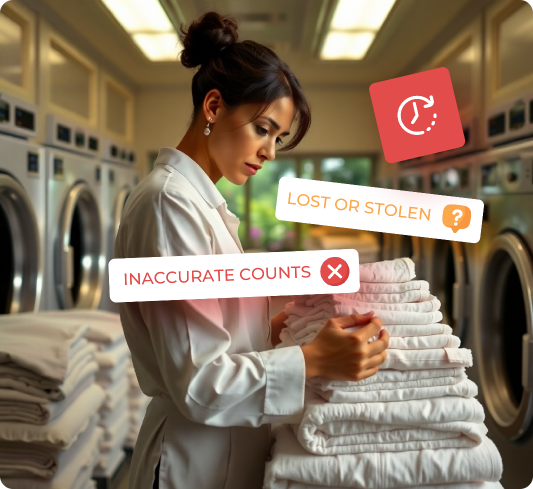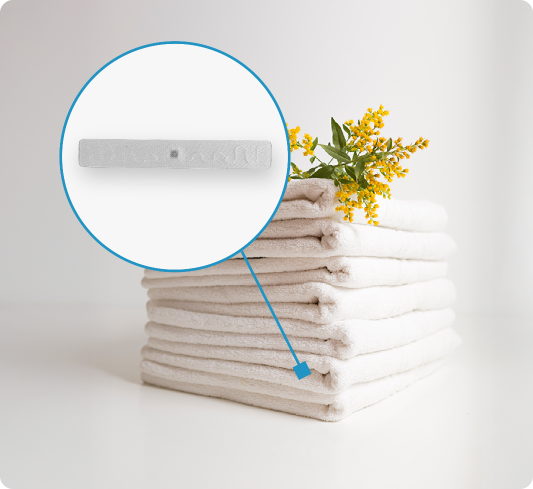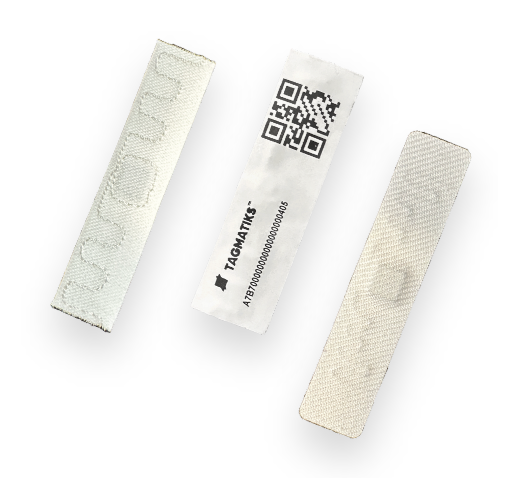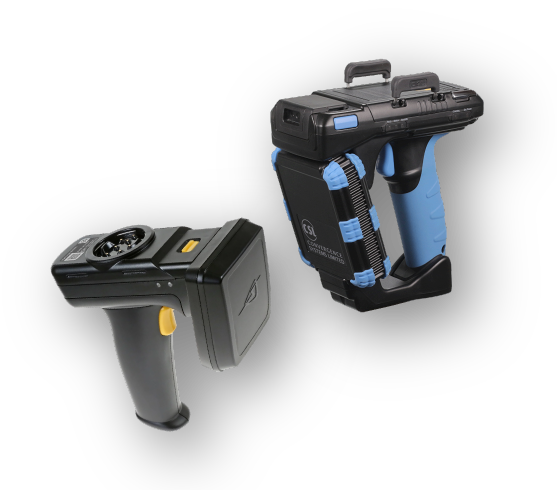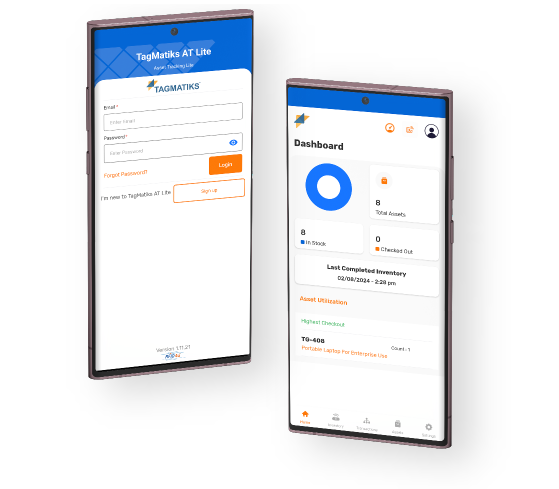RFID in Linen Tracking
HOW RFID WORKS IN LINEN TRACKING
From tagging to reporting – here’s how our RFID system works in linen tracking
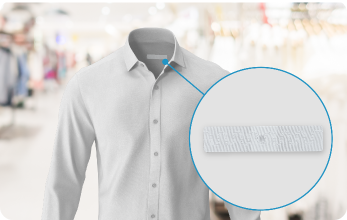
01 - TAG
Durable RFID tags are securely heat-sealed or inserted into each linen item to enable long-lasting identification and tracking.
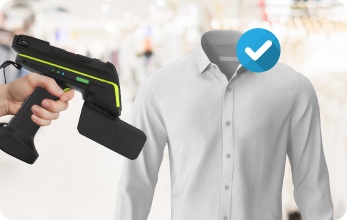
02 - SCAN
RFID readers, either fixed or handheld, instantly scan tagged linens without direct line of sight, saving time and effort.
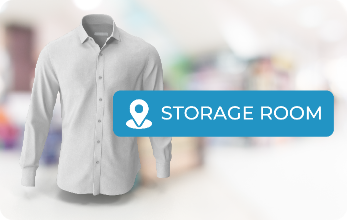
03 - TRACK
Each linen’s movement through laundry, storage, and use is automatically recorded, providing complete visibility across locations.
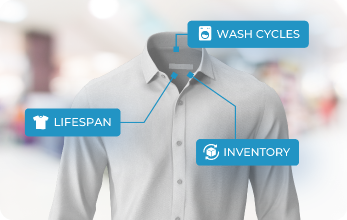
04 - ANALYZE
Access real-time reports, alerts, and usage history to monitor linen lifespan, wash cycles, and inventory levels accurately.
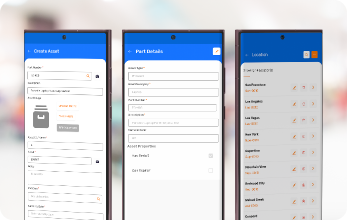
05 - OPTIMIZE
Use data-driven insights to reduce linen loss, improve purchasing decisions, and streamline overall inventory and laundry operations.
DESIGNED FOR LINEN-DEPENDENT INDUSTRY
Our solutions work across sectors where linen management is critical

Hospitality
Hotels, resorts, and spas use RFID to monitor linen movement, prevent over-ordering, and eliminate loss of towels, robes, and bedding.

Healthcare
Hospitals and clinics benefit from RFID by ensuring hygienic handling, minimizing linen shortages, and maintaining a strict track of usage and wash cycles.

Commercial Laundries
High-volume laundries track thousands of items daily with automated sorting, cycle tracking, and real-time visibility into linen flow and condition.

Uniform Rental Services
Uniform providers can monitor how often garments are used and cleaned, reducing overuse, ensuring quality, and maintaining customer satisfaction.
THE BENEFITS OF RFID LINEN TRACKING

Minimize Linen Losses
Track every item throughout its lifecycle, reducing misplaced or stolen linens and helping organizations maintain tighter control over textile inventory.

Automate Labor-Intensive Processes
Replace slow manual counting with fast RFID scans, freeing up staff time for higher-value tasks and improving operational efficiency in laundry and inventory workflows.

Prolong Linen Lifespan
Monitor how often each item is used and washed, enabling better maintenance practices and helping extend the usable life of every linen product.

Eliminate Human Error in Counts
RFID technology delivers highly accurate, real-time inventory data, removing the guesswork and inconsistencies that often occur during manual linen audits.

Enhance Visibility & Compliance
Gain complete traceability across locations and usage points, which improves regulatory compliance and boosts customer confidence in cleanliness and service standards..
RFID SOLUTION FOR LINEN, UNIFORM AND LAUNDRY TRACKING
Frequently Asked Questions (FAQs)
-
Are RFID tags safe to use in commercial washing and drying processes?
Yes, the RFID tags used in our linen tracking system are specifically designed for high-temperature industrial wash cycles and harsh laundry conditions. They are waterproof, heat-resistant, and built to withstand repeated washes without affecting readability or performance.
-
How does RFID tracking reduce linen loss and theft?
RFID tags give each linen item a unique identity that can be scanned and tracked throughout its lifecycle. This ensures accountability at every step—whether it’s at check-in, during washing, or when delivered—making it difficult for items to go missing unnoticed or be misused.
-
How long do the RFID tags typically last?
Our RFID tags are built for durability and long-term use. On average, they last through hundreds of wash and dry cycles, maintaining their tracking functionality without degradation. Their lifespan aligns closely with or even exceeds that of the textiles they’re attached to.
-
Is the system suitable for small and medium-sized facilities?
Yes, RFID4U offers flexible and scalable solutions. Whether you’re a small clinic, boutique hotel, or large commercial laundry, our RFID linen tracking system can be tailored to your operational size and volume, with the option to expand as you grow.
-
What kind of ROI can I expect from implementing RFID linen tracking?
Most customers experience a return on investment within months due to reductions in linen loss, labor costs, and inventory errors. Additionally, better data visibility leads to smarter purchasing and operational decisions, further enhancing long-term savings.


